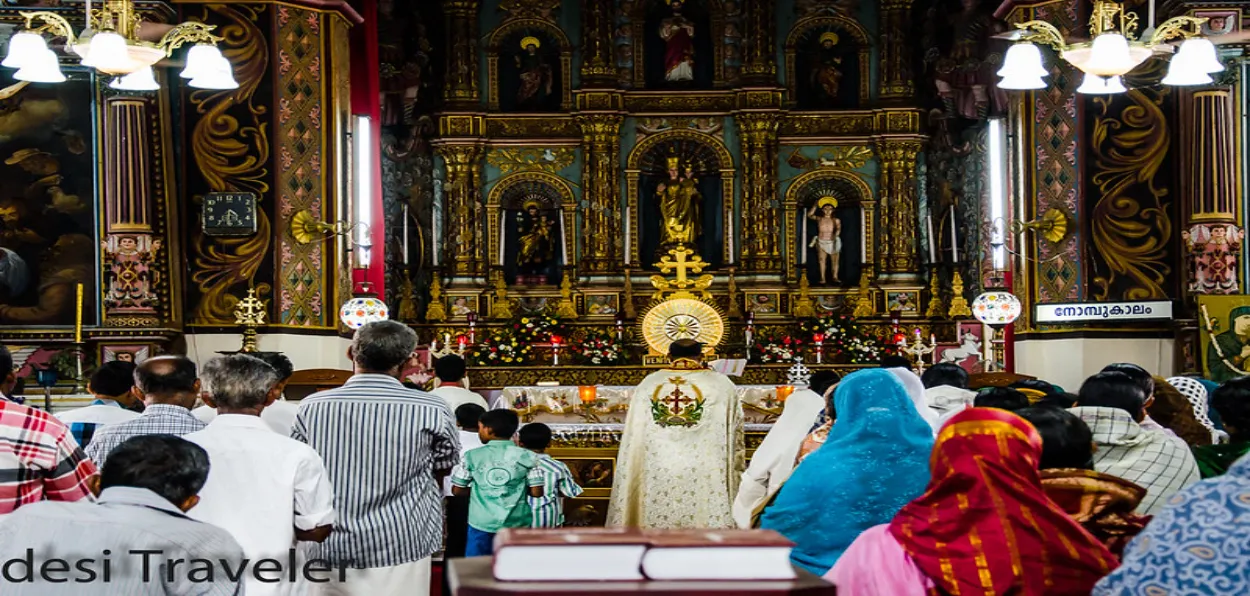
As Muslims across the world begin month-long rigorous fasting – one of the fundamentals of Islam - during the ninth month of the Islamic calendar Ramzan (also Ramadan), the Christians in the eastern side of the Globe are concurrently observing the 40-day Lent while many Hindus, the Magh month of voluntary fasting and spiritual actions has just ended.
These are some striking commonalities of religions that came up from different lands and in different eras. Interestingly, all these holy periods are observed in India, the world’s most diverse nation.
Often the Hindu festival of Navratri comes close to Ramzan but this year the latter is delayed almost by a month. Christians in many parts of the world are praying and fasting during the 40-day Lent that began on March 2 and will end on April 14.
The month of Magha began on January 2 and lasted till February 24 during which many elderly Hindus observe day-long fasting and eat only once in 24 hours.
However, the major difference between Ramzan fasting and those by Christians and Hindus is that while all Muslims must follow this rigorous self-disciplining regime, in other religions it’s voluntary. Abstaining from water from dawn to dusk during Ramzan howeerver makes the Muslim fast more rigrous.
The optics of Hindu and Christian festivals are muted as it’s a personal choice for people to fast, while Ramzan is seen as a collective effort and iis observance is conspicious.
The Lent is observed in commemoration of Jesus Christ having livedg without water and food for 40 days while escaping from Satan. In this period, the observant eats frugally and abstains from eating meat and fish. Throughout the period there were special days and special masses in Churches while people pray and read the Bible and do acts of charity.
For Hindus Magh month of the Vedic calendar is of great importance as it heralds the celebration of various fasts and festivals including Sankashti Chaturthi, Gupt Navratri, Bhishma Ekadash, and the spiritual reflection of Mauni Amavasya. This period serves as a time of devotion, reflection, and spiritual renewal for many devotees, enriching their connection with tradition and faith.
The Magh Snan Mela in Prayag or any rive emphasizes restraint, non-violence, and faith. Bathing in holy rivers during this time, including Prayag, bestows blessings from Lord Vishnu and grants happiness, prosperity, and salvation.
Within two weeks, Hindus will also celebrate Navratri – a nine-day festival in praise of the Goddess, the giver of all energy and power.
While Muslims fast from sunrise to sunset and even don’t take water in the holy month of the Islamic calendar, many Hindus observe fasting for nine days during Navratri, eating one time or abstaining from grains and eating sparsely. Eating meat is forbidden during fasting among most Hindus.
Nothing signifies the unity of the people as strongly and naturally as the closeness and concurrence of these Holy periods of prolonged fasting and self restraint.
ALSO READ: Fasting during Ramzan is meant to bring in inner change
Indians in the right frame of their mist can conjure up the images of Muslims reading Taraweeh, a longish late evening prayer in mosques during Ramzan, the chanting of prayers and burning of incense in the temple as Hindus invoke the blessings of the Goddess, the female aspect of divinity in the temple in the morning and the Catholics saying prayers for atonement in the churches across the country.
